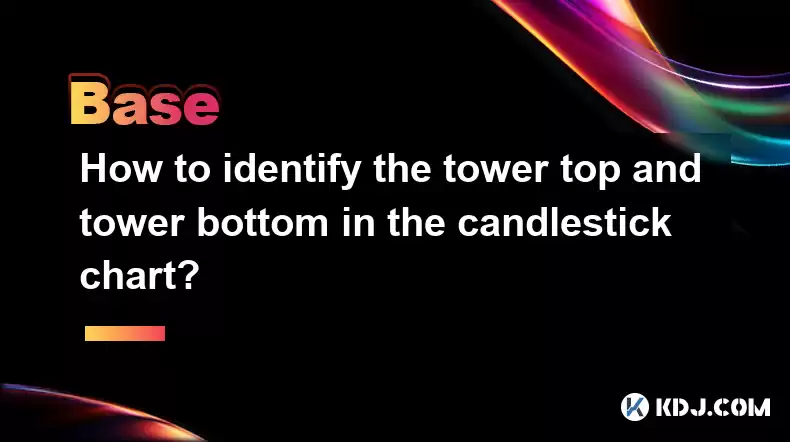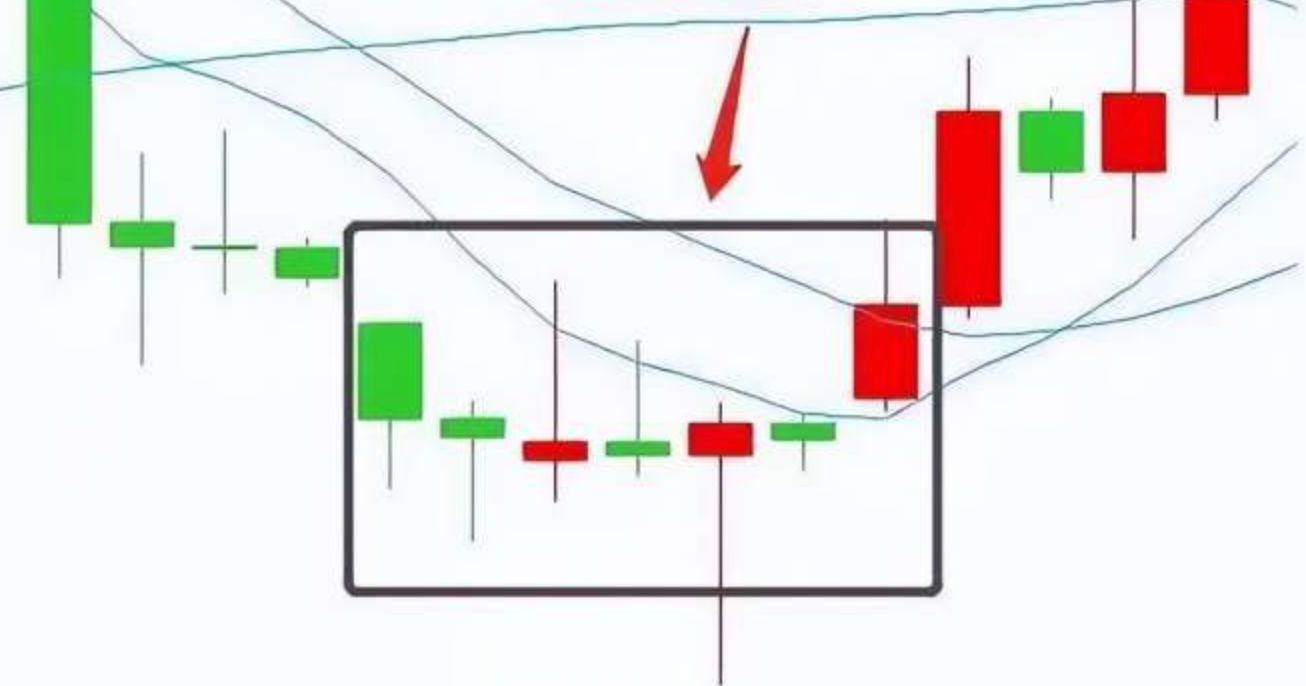-
 Bitcoin
Bitcoin $117500
2.15% -
 Ethereum
Ethereum $3911
6.19% -
 XRP
XRP $3.316
10.79% -
 Tether USDt
Tether USDt $1.000
0.01% -
 BNB
BNB $787.2
2.24% -
 Solana
Solana $175.2
4.15% -
 USDC
USDC $0.9999
0.00% -
 Dogecoin
Dogecoin $0.2225
8.40% -
 TRON
TRON $0.3383
0.28% -
 Cardano
Cardano $0.7868
6.02% -
 Stellar
Stellar $0.4382
9.34% -
 Hyperliquid
Hyperliquid $40.92
7.56% -
 Sui
Sui $3.764
7.63% -
 Chainlink
Chainlink $18.48
10.66% -
 Bitcoin Cash
Bitcoin Cash $582.1
1.88% -
 Hedera
Hedera $0.2601
6.30% -
 Avalanche
Avalanche $23.33
4.94% -
 Ethena USDe
Ethena USDe $1.001
0.02% -
 Litecoin
Litecoin $122.3
2.04% -
 UNUS SED LEO
UNUS SED LEO $8.969
-0.27% -
 Toncoin
Toncoin $3.339
0.86% -
 Shiba Inu
Shiba Inu $0.00001287
4.30% -
 Uniswap
Uniswap $10.43
7.38% -
 Polkadot
Polkadot $3.861
5.08% -
 Dai
Dai $1.000
0.02% -
 Bitget Token
Bitget Token $4.513
3.41% -
 Monero
Monero $267.7
-6.18% -
 Cronos
Cronos $0.1499
4.14% -
 Pepe
Pepe $0.00001110
5.15% -
 Aave
Aave $284.9
8.28%
How to identify the tower top and tower bottom in the candlestick chart?
"Tower top" and "Tower bottom" are reversal patterns in the K-line chart, used to predict price trend changes, and identify the price trend and K-line characteristics that need to be observed.
Apr 03, 2025 at 04:03 pm

In K-line chart analysis, 'Tower Top' and 'Tower Bottom' are two important reversal patterns and are usually used to predict changes in price trends. Identifying these patterns requires careful observation of the price trend and the pattern characteristics of the K-line. Below we will introduce in detail how to identify the 'tower top' and 'tower bottom'.
What is a 'Tower-shaped top'
Tower top is a bearish reversal pattern that usually occurs at the end of an uptrend. It consists of two consecutive highs, the first one is lower and the second one is higher, but the price falls rapidly after the second one, forming a tower-like structure.
Steps to identify the 'Tower Top'
Determine the upward trend : First, it is necessary to confirm that the current price is in an upward trend. This can be judged by observing the continuous upward K-line or upward channel.
Find the first high : In the uptrend, find the first obvious high. This high is usually the first significant peak that the price forms during the upward process.
Find the second high : Continue to observe the price trend and look for the second high. This high should be higher than the first high, but then the price fell rapidly.
Confirm the downward trend : After the second high point, the price should fall rapidly to form a clear downward trend. At this time, the 'Tower-shaped top' shape is basically completed.
What is 'Tower-shaped bottom'
The tower bottom is a bullish reversal pattern that usually occurs at the end of a downward trend. It consists of two consecutive lows, the first low is higher and the second low is lower, but the price rises rapidly after the second low, forming a tower-like structure.

Steps to identify the 'Tower Bottom'
Determine the downward trend : First, it is necessary to confirm that the current price is in a downward trend. This can be judged by observing continuous downward K-lines or downward channels.
Find the first low : In a downtrend, find the first obvious low. This low is usually the first significant valley formed by the price during the decline.
Find the second low : Continue to observe the price trend and look for the second low. This low should be below the first low, but then the price rose rapidly.
Confirm the upward trend : After the second low point, the price should rise rapidly to form a clear upward trend. At this time, the 'tower bottom' shape is basically completed.
Practical application of 'Tower-shaped top' and 'Tower-shaped bottom'
In actual trading, identifying the 'tower top' and 'tower bottom' can help traders predict the price reversal point and make corresponding trading decisions. For example, when a 'tower top' is identified, the trader may consider selling or shorting; when a 'tower bottom' is identified, the trader may consider buying or longing.
Use the K-line diagram tool to assist in identification
Many trading platforms and K-line chart analysis software provide a variety of tools to help identify 'tower top' and 'tower bottom'. These tools can automatically mark highs and lows and draw trend lines to help traders observe price trends more intuitively.
Use the Trend Line Tool : Drawing a trend line on a K-line chart can help confirm an upward or downward trend and make it easier to identify highs and lows.
Use high and low marking tools : Many software allows users to manually or automatically mark highs and lows of prices, which can help identify 'tower top' and 'tower bottom' faster.
Use the Inversion Form Identification Tool : Some advanced K-line chart analysis software can automatically identify common inversion forms, including 'Tower Top' and 'Tower Bottom', and issue corresponding alarms.
Combined with other technical indicators
Although the 'tower top' and 'tower bottom' themselves are powerful reversal signals, combining other technical indicators can further improve the accuracy of prediction. For example, traders can use indicators such as moving averages, relative strength indicators (RSI), or MACD to confirm the possibility of a price reversal.
Moving Average : When the price breaks through the moving average, it may be a further confirmation signal of a price reversal.
Relative strength index (RSI) : When the RSI value exceeds 70 or below 30, it may be a signal of over-buying or over-selling. Combining the 'tower top' and 'tower bottom' can improve the accuracy of judgment.
MACD : The cross and divergence signals of MACD can help confirm the price reversal trend.
Disclaimer:info@kdj.com
The information provided is not trading advice. kdj.com does not assume any responsibility for any investments made based on the information provided in this article. Cryptocurrencies are highly volatile and it is highly recommended that you invest with caution after thorough research!
If you believe that the content used on this website infringes your copyright, please contact us immediately (info@kdj.com) and we will delete it promptly.
- Tron's Sell-Off Spurs Altcoin Shift: What's Next for TRX?
- 2025-08-08 08:30:12
- RUVI Presale: Is the Growth Potential Real?
- 2025-08-08 09:10:12
- Sleep Token's US Takeover: Thornhill Rides the 'Even In Arcadia' Wave
- 2025-08-08 08:30:12
- FTT Token's Wild Ride: Creditor Repayments vs. Market Drop - A New Yorker's Take
- 2025-08-08 07:10:12
- Floki Crypto Price Prediction: Riding the Robinhood Rocket or Just a Meme?
- 2025-08-08 07:15:12
- EigenLayer, Restaking, and Ethereum: Navigating the Hype and the Hazards
- 2025-08-08 06:30:12
Related knowledge

How to read a crypto chart?
Aug 08,2025 at 10:35am
Understanding the Basics of a Crypto ChartA crypto chart is a visual representation of the price movements of a cryptocurrency over time. These charts...

What is the difference between CeFi and DeFi?
Jul 22,2025 at 12:28am
Understanding CeFi and DeFiIn the world of cryptocurrency, CeFi (Centralized Finance) and DeFi (Decentralized Finance) represent two distinct financia...

How to qualify for potential crypto airdrops?
Jul 23,2025 at 06:49am
Understanding What Crypto Airdrops AreCrypto airdrops refer to the distribution of free tokens or coins to a large number of wallet addresses, often u...

What is a crypto "airdrop farmer"?
Jul 24,2025 at 10:22pm
Understanding the Role of a Crypto 'Airdrop Farmer'A crypto 'airdrop farmer' refers to an individual who actively participates in cryptocurrency airdr...

What is the difference between a sidechain and a Layer 2?
Jul 20,2025 at 11:35pm
Understanding the Concept of SidechainsA sidechain is a separate blockchain that runs parallel to the main blockchain, typically the mainnet of a cryp...

What is the Inter-Blockchain Communication Protocol (IBC)?
Jul 19,2025 at 10:43am
Understanding the Inter-Blockchain Communication Protocol (IBC)The Inter-Blockchain Communication Protocol (IBC) is a cross-chain communication protoc...

How to read a crypto chart?
Aug 08,2025 at 10:35am
Understanding the Basics of a Crypto ChartA crypto chart is a visual representation of the price movements of a cryptocurrency over time. These charts...

What is the difference between CeFi and DeFi?
Jul 22,2025 at 12:28am
Understanding CeFi and DeFiIn the world of cryptocurrency, CeFi (Centralized Finance) and DeFi (Decentralized Finance) represent two distinct financia...

How to qualify for potential crypto airdrops?
Jul 23,2025 at 06:49am
Understanding What Crypto Airdrops AreCrypto airdrops refer to the distribution of free tokens or coins to a large number of wallet addresses, often u...

What is a crypto "airdrop farmer"?
Jul 24,2025 at 10:22pm
Understanding the Role of a Crypto 'Airdrop Farmer'A crypto 'airdrop farmer' refers to an individual who actively participates in cryptocurrency airdr...

What is the difference between a sidechain and a Layer 2?
Jul 20,2025 at 11:35pm
Understanding the Concept of SidechainsA sidechain is a separate blockchain that runs parallel to the main blockchain, typically the mainnet of a cryp...

What is the Inter-Blockchain Communication Protocol (IBC)?
Jul 19,2025 at 10:43am
Understanding the Inter-Blockchain Communication Protocol (IBC)The Inter-Blockchain Communication Protocol (IBC) is a cross-chain communication protoc...
See all articles

























































































